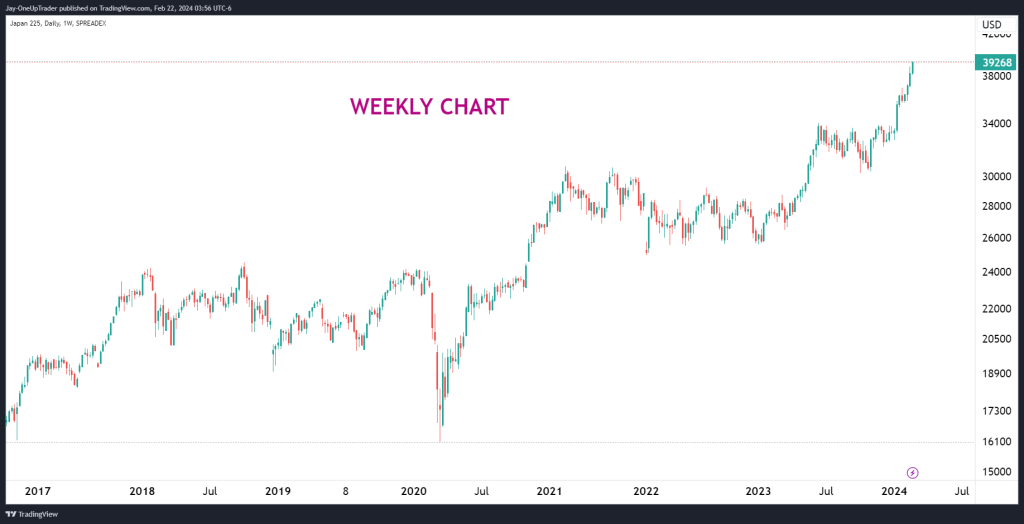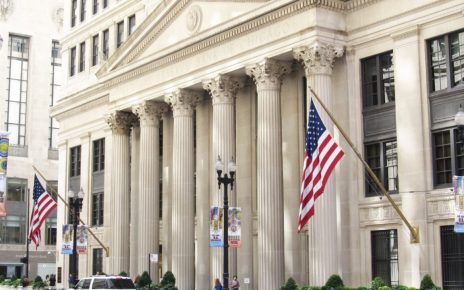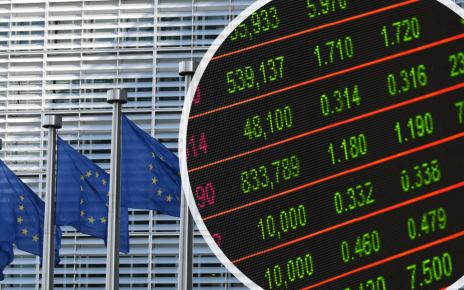Japan’s stock market has reached new heights not seen since the country’s asset bubble in the late 1980s. Back then, share prices soared to astronomical levels, fueling a national mood of affluence and speculation. 87-year-old investor Kazukuni Yamazaki recalls the spectacle of daily stock fluctuations drawing crowds of eager onlookers, including young office workers. Luxury status items like golf club memberships costing 500 million yen (around $3.5 million in today’s dollars) became common indulgences, even among non-golfers.

The benchmark Nikkei index started the decade at 6,867 points before ending the 1980s at nearly 39,000. At its peak, the Japanese stock market accounted for 45% of global market capitalization, dwarfing the US share of 33%. Now, Japan holds just 6% of the global equity market, with tech giants like Apple and Nvidia worth more than the entire Nikkei index.
The frenzy extended to real estate as Tokyo land prices quintupled. Prime parcels in the posh Ginza district fetched as much as 32 million yen per square meter. Even the Imperial Palace grounds were valued higher than all property in California combined. Capital gains from stocks and land totaled a staggering $3.4 trillion in 1987 alone, approximately 40% of Japan’s GDP.
However, the bubble was underpinned by debt, as lenders pumped out property loans, expanding from 22 trillion yen in 1985 to 80 trillion yen by 1989. The eventual crash saddled banks with bad loans for years and prolonged economic decline.
Today, modest growth, stagnant wages, and an aging populace shape a more muted economy. Unlike the 1980s confidence in global dominance, domestic investors remain cautious, even as foreign capital sees potential.





